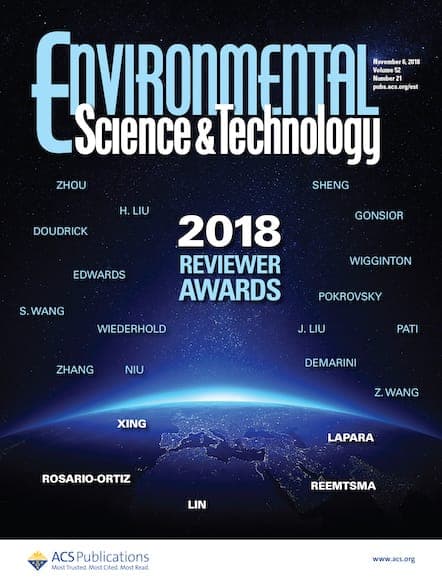A recent article entitled “Human Consumption of Microplastics” published in Environmental Science & Technology has received much attention in the news from all over the world. In the article, researchers estimate that Americans inhale and ingest an average of between 74,000 and 121,000 microplastic particles each year. Researchers also noted that people who drink bottled water […]

A recent article entitled “Human Consumption of Microplastics” published in Environmental Science & Technology has received much attention in the news from all over the world. In the article, researchers estimate that Americans inhale and ingest an average of between 74,000 and 121,000 microplastic particles each year. Researchers also noted that people who drink bottled water can ingest as many as 90,000 additional plastic particles, compared with just 4,000 from those who drink tap water. According to the article’s Altmetric Attention Score, which tracks online attention to published research articles, this article has been mentioned in articles from 114 news outlets (including Time, CNN, and Yahoo News) and 18 blogs, and 719 social mentions as of June 28, 2019.
Microplastics are a fairly new and emerging contaminant, and a lot remains to be learned about their impacts. Extensive research has been conducted to understand the occurrence and fate of microplastics in the environment, especially in aquatic environments. Environmental Science & Technology and Environmental Science & Technology Letters organized a Virtual Issue highlighting over a dozen recent articles related to microplastics in aquatic environments. The articles in this Virtual Issue cover topics as diverse as sources of microplastics, how they’re transported through aquatic environments, human health concerns, their effects on specific marine life, and their larger environmental impact.
“The science and engineering of microplastics will be different from that of the chemical contaminants that preceded them, writes Environmental Science & Technology Editor-in-Chief David Sedlak in an editorial from the issue. “Nevertheless, we should learn our emerging contaminant history lessons. As we embark on our second decade of microplastics research, we need to set our sights on how best to provide society with the information needed to decide what to do about our newest emerging contaminant.”
Read the Virtual Issue: Microplastics in the Aquatic Environment
Discover research articles like these and more published in Environmental Science & Technology and Environmental Science & Technology Letters, which are essential resources for a wide range of environmental disciples, including environmental chemistry and engineering
